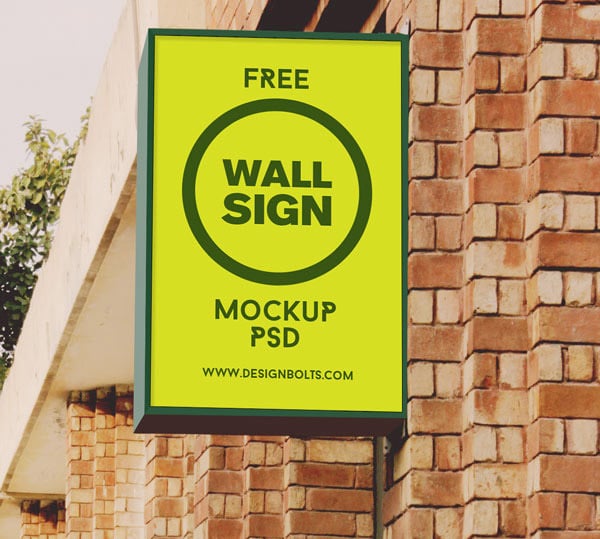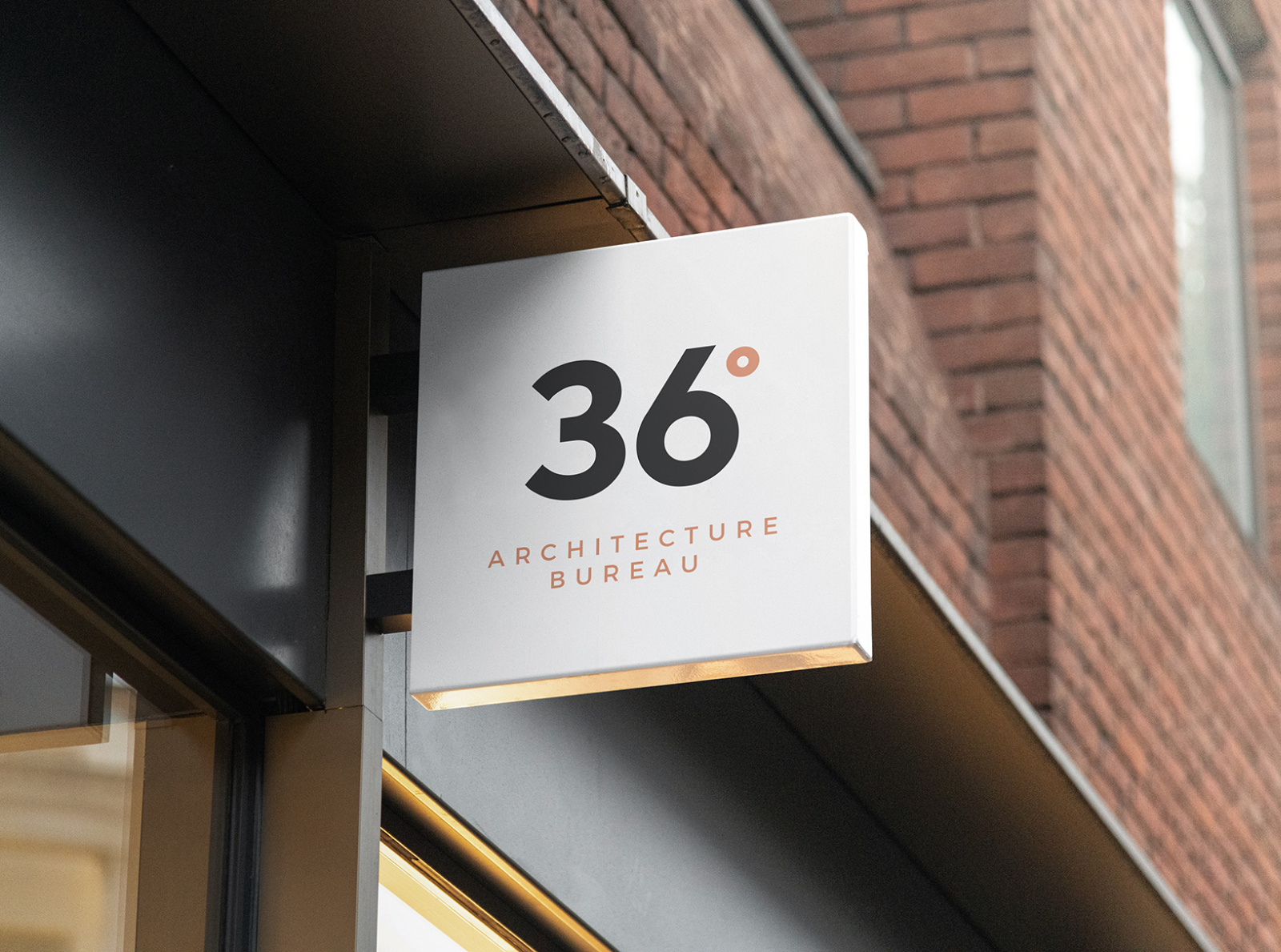 Here are some key factors to keep in mind when designing an outdoor business signs:
Here are some key factors to keep in mind when designing an outdoor business signs:
- Purpose: Clearly define the purpose of your sign. Are you promoting a business, announcing an event, providing directions, or sharing information? Understanding the purpose will help you determine the content and design elements needed.
- Message: Keep your message concise and easy to understand. Use clear and compelling language that communicates the key information or call to action. Consider using a catchy slogan or tagline to make your sign memorable.
- Font and Typography: Choose a font that is legible from a distance. Avoid overly decorative or complicated fonts that may be difficult to read. Opt for bold, sans-serif fonts for better visibility. Consider the size of the text and make sure it is large enough to be easily read from the intended viewing distance.
- Color Scheme: Select colors that are attention-grabbing and align with your brand or message. High contrast combinations, such as black and white or complementary colors, are effective for visibility. Use colors strategically to create a visual hierarchy and guide the viewer’s attention to important information.
- Images and Graphics: Incorporate relevant images or graphics to enhance the visual appeal of your sign. Use high-quality, high-resolution images that are in line with your message. Ensure that any graphics or visuals are clearly visible and don’t overwhelm the text.
- Layout and Composition: Create a balanced and visually pleasing layout for your sign. Arrange the elements in a logical and easy-to-follow order. Consider the viewing distance and angle when deciding on the placement of text and images.
- Size and Scale: Determine the appropriate size of your sign based on its intended location and viewing distance. A larger sign may be required for greater visibility from a distance. Ensure that the text and graphics are proportionate to the overall size of the sign.
- Material and Durability: Select durable materials suitable for outdoor use. Consider factors such as weather resistance, UV protection, and longevity. Common materials for outdoor signs include metal, acrylic, PVC, or weather-resistant vinyl.
- Lighting (if applicable): If your sign will be displayed during the evening or in low-light conditions, consider incorporating lighting elements. Backlit signs, spotlights, or LED lighting can make your sign more visible and eye-catching.
- Regulations and Permits: Familiarize yourself with local regulations and obtain any necessary permits for installing outdoor signs. Ensure that your sign complies with size restrictions, placement guidelines, and any other relevant regulations.
Remember, designing an outdoor sign involves striking a balance between aesthetics and functionality. Prioritize legibility, clarity, and visual impact to create a sign that effectively communicates your message to your target audience.
Custom Outdoor Sign
 If you’re looking personalized outdoor signs, there are several options available to you. Here’s a step-by-step guide on how to go about it:
If you’re looking personalized outdoor signs, there are several options available to you. Here’s a step-by-step guide on how to go about it:
- Determine your requirements: Think about the purpose of the sign, the size you need, the material you prefer, and any specific design elements or text you want to include. Consider factors such as visibility, durability, and weather resistance.
- Choose a material: Outdoor signs are typically made from durable materials that can withstand various weather conditions. Some common choices include metal (aluminum or stainless steel), acrylic, PVC, wood, or weather-resistant plastic. Each material has its own aesthetic and durability characteristics, so choose one that aligns with your preferences and budget.
- Design your sign: Decide on the design elements you want to incorporate, such as your logo, text, graphics, or any additional features. You can create the design yourself using graphic design software like Adobe Photoshop or Illustrator, or you can hire a professional graphic designer to assist you.
- Select a printing method: Depending on your design, budget, and quantity, you have a few options for printing your outdoor sign. Common methods include digital printing, screen printing, or vinyl graphics. Digital printing is ideal for intricate designs and small quantities, while screen printing works well for larger quantities and simpler designs. Vinyl graphics involve printing onto adhesive vinyl and then applying it to the sign material.
- Find a sign manufacturer or printing service: Look for a reputable sign manufacturer or printing service that specializes in outdoor signage. They will have the expertise, equipment, and materials needed to produce a high-quality custom sign. Get quotes from multiple providers to compare prices and services.
- Provide the necessary files and specifications: Once you’ve chosen a sign manufacturer, provide them with your design files in the appropriate format (such as PDF, EPS, or AI). Make sure to communicate any specific requirements regarding sizing, color matching, or finishing options.
- Review and approve the proof: Before the production process begins, the sign manufacturer will typically provide you with a proof of the design for your review. Take the time to carefully examine all the details, including colors, fonts, and layout. Make any necessary revisions or corrections, and only give your approval when you’re completely satisfied.
- Production and delivery: Once you’ve approved the proof, the sign manufacturer will proceed with production. The time required will depend on the complexity of the design and the chosen printing method. Once the sign is ready, it will be packaged and shipped to your designated address, or you can arrange to pick it up if feasible.
Remember to check local regulations or requirements for outdoor signage in your area to ensure compliance. Additionally, if you need assistance with the design process or want professional guidance, consider working with a graphic designer or signage consultant who can provide valuable insights and expertise.
Checking for Print quality
 To check the print quality of business road signs, you can follow these steps:
To check the print quality of business road signs, you can follow these steps:
- Examine the resolution: Check if the printed sign has a high resolution. The images and text should appear sharp and clear, without any visible pixelation or blurriness.
- Assess color accuracy: Ensure that the colors on the printed sign match your expectations and are vibrant. Compare the printed sign with the original design or proof to ensure that there are no significant variations or color distortions.
- Evaluate legibility: Stand at a reasonable distance from the sign and ensure that the text is easily readable. The font size and style should be appropriate for the viewing distance, and the letters should be well-defined and not distorted.
- Check for fading: Outdoor signs are exposed to sunlight and weather conditions, which can cause fading over time. Assess if the printed colors appear consistent and have not faded prematurely. If the sign is new, it’s essential to consider the type of ink and materials used for long-term durability.
- Assess durability: Outdoor signs should be resistant to weather elements like rain, wind, and sunlight. Verify if the printed sign is durable enough to withstand these conditions without significant damage or fading. Consider the type of materials used, such as weather-resistant substrates or UV-protective coatings.
- Inspect for defects: Thoroughly examine the sign for any defects, such as streaks, smudges, or other imperfections. These may indicate printing or handling errors that could affect the overall quality and appearance of the sign.
If you’re uncertain about the quality, you may consider consulting with the printing provider or requesting a sample before producing a large batch. Additionally, seeking feedback from others or engaging professional print quality assessment services can provide valuable insights.
 Adding Color
Adding Color
To add color to signs for outdoors, you have a few options depending on the type of sign and your desired outcome. Here are some common methods:
- Vinyl Graphics: One way to add color to an outdoor sign is by using vinyl graphics. These graphics can be designed and printed in vibrant colors, and then applied to the sign surface. Vinyl graphics are durable, weather-resistant, and can be custom-cut to create intricate designs or logos.
- Paint: Another option is to use paint to add color to your outdoor sign. Choose high-quality outdoor paint that is specifically formulated for exterior use. Prepare the sign surface properly by cleaning and priming it before applying the paint. Use brushes, rollers, or spray equipment to apply the paint evenly and create the desired color scheme.
- Digital Printing: If your sign is made of a printable material such as PVC, aluminum, or acrylic, you can opt for digital printing. This involves using a large format printer to directly print your design onto the sign surface. Digital printing allows for high-resolution images and vibrant colors, resulting in a visually appealing outdoor sign.
- LED Lighting: If you want to add dynamic color effects to your outdoor sign, consider incorporating LED lighting. LED modules or strips can be installed behind or around the sign to create various lighting effects and color changes. LED lighting is energy-efficient and can provide eye-catching illumination, especially during nighttime.
Before making any modifications to your outdoor sign, it’s important to check local regulations and permits regarding signage modifications. Additionally, consider the weather conditions and durability requirements for your specific outdoor sign to ensure the chosen coloring method withstands the elements and remains vibrant over time.
Color Scheme outdoor sign
When selecting a color scheme for an outdoor sign, several factors should be considered, including visibility, readability, branding, and the environment in which the sign will be displayed. Here are some tips to help you choose a suitable color scheme:
- Contrast: Use colors that create a strong contrast to ensure readability from a distance. For example, dark text on a light background or vice versa.
- Branding: Incorporate colors that align with your brand identity. This will help maintain consistency and reinforce your brand image.
- Legibility: Opt for high-contrast color combinations, such as black on white or white on black, to maximize legibility. Avoid color combinations that may cause strain on the eyes, such as red on blue or yellow on white.
- Environment: Consider the surroundings where the sign will be placed. Ensure the color scheme complements the environment rather than blending in or clashing with the surroundings. For example, a sign placed in a green landscape might benefit from a contrasting color like orange or yellow.
- Simplicity: Keep the color scheme simple and avoid using too many colors. A cluttered color palette can make the sign look busy and reduce its impact.
- Testing: Before finalizing the color scheme, consider creating a mock-up or conducting tests to evaluate its visibility and readability under different lighting conditions.
Remember that color perception can vary among individuals, so it’s essential to consider factors like color blindness when designing outdoor signs. Additionally, local regulations or guidelines might impose restrictions on color choices, so it’s worth checking with relevant authorities before finalizing your color scheme.
Font and typography outdoor sign
When designing a font and typography for an outdoor sign, there are a few key considerations to keep in mind. The chosen font should be highly legible, visible from a distance, and able to withstand various weather conditions. Here are some tips for selecting fonts and typography for outdoor signs:
- Legibility: Choose a font that is easy to read, even from a distance. Avoid overly decorative or script fonts that can be difficult to decipher quickly. Opt for clear, simple, and bold typefaces that have well-defined letterforms.
- Size: The size of the font is crucial for outdoor signs since they need to be visible from a distance. Consider the viewing distance and adjust the font size accordingly. As a general rule, the height of the letters should be approximately one inch for every 10 feet of viewing distance.
- Contrast: Ensure there is a strong contrast between the letters and the background of the sign. For example, if the background is dark, use a lighter color for the font, and vice versa. This will enhance legibility and visibility.
- Typeface Selection: Sans-serif fonts tend to be more readable in outdoor settings due to their clean and straightforward design. Popular choices for outdoor signage include Helvetica, Arial, Impact, and Futura. However, there are also serif fonts that can work well, such as Georgia or Times New Roman. Consider the overall style and purpose of the sign when choosing a typeface.
- Avoid Thin Strokes: Opt for fonts with thicker strokes and avoid those with thin lines. Thin lines can become difficult to read or may even disappear at a distance or under certain lighting conditions.
- Weather Resistance: Outdoor signs are exposed to various weather conditions, so ensure that the chosen font can withstand them. If possible, select a font that is specifically designed for outdoor signage, as it will have better durability against fading, cracking, or warping.
- Kerning and Letter Spacing: Adjust the spacing between letters (kerning) and words (letter spacing) to improve readability. Avoid excessive spacing that can make the text look disjointed, and be mindful of any potential kerning issues that may arise with certain font combinations.
- Simplicity: Keep the overall design and typography of the sign simple and uncluttered. Too many different fonts or excessive embellishments can make the sign appear busy and difficult to read.
Remember to consider any specific guidelines or regulations in your area regarding font and typography for outdoor signage. Consulting with a professional designer or sign manufacturer can also provide valuable insights and expertise tailored to your specific project.
Outdoor Sign Design: FAQs Unveiled
Can Outdoor Signs Boost Brand Awareness?
Absolutely! Outdoor signs act as silent brand ambassadors, creating a visual connection with your audience. Learn how strategically designed signs can significantly enhance brand awareness.
What Colors Work Best for Outdoor Signs?
The choice of colors can make or break your outdoor sign. Explore the psychology behind colors and discover which hues resonate best with your target audience and industry.
Are LED Signs Worth the Investment?
Incorporating LED technology can add a modern flair to your outdoor signs. Delve into the benefits and considerations of investing in LED signs, ensuring a return on both visibility and energy efficiency.
How Often Should Outdoor Signs Be Updated?
Keeping your signs fresh is crucial in a dynamic market. Understand the signs indicating when it’s time for a refresh and explore the best practices for updating outdoor signs without disrupting your brand image.
What Regulations Govern Outdoor Signage?
Navigate the legal landscape of outdoor signage with insights into local regulations and restrictions. Ensure your designs comply with zoning laws and maintain a harmonious relationship with the community.
Can Outdoor Signs Boost Sales for Retailers?
Discover the impact of outdoor signs on retail businesses. From enticing promotions to creating a welcoming storefront, explore how outdoor signage can directly contribute to increased foot traffic and sales.
Conclusion:
In the ever-evolving landscape of business, outdoor sign design stands as a beacon of creativity and communication. As you embark on your signage journey, remember the importance of aligning design with brand identity, staying abreast of trends, and strategically placing signs for maximum impact. Craft your masterpiece and watch your business soar.


